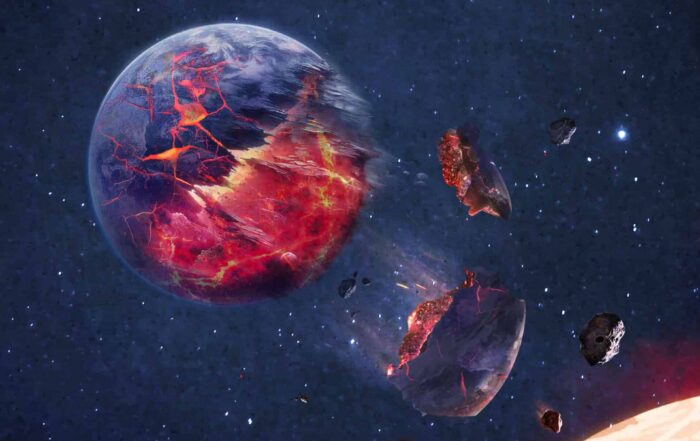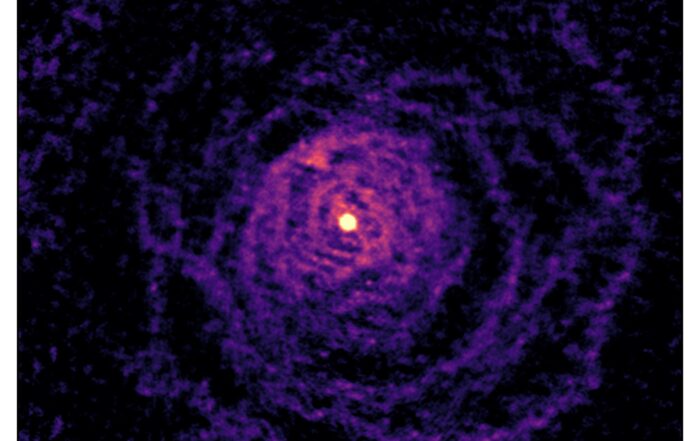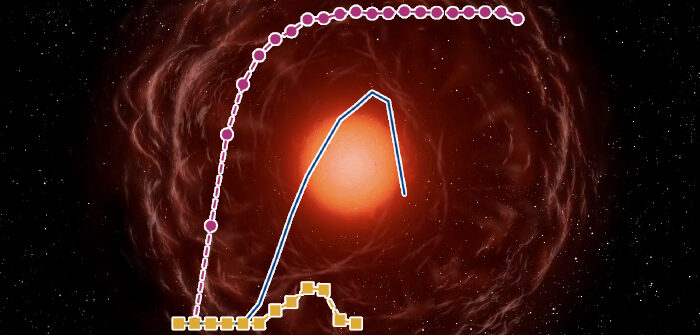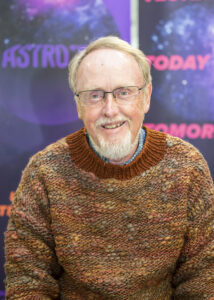The First Stars team are searching for the oldest stars in the Universe, which formed within a few hundred million years after the Big Bang. Some of these stars have survived to the present day and are currently located in and around the Milky Way galaxy. These stars contain crucial clues to the very early Universe.
By measuring their chemical composition one can infer the nature of the very first generations of stars, the conditions during the formation of the first galaxies, how the cosmic dark ages ended, and even learn about the Big Bang itself. Studying relic stars in our Galactic neighbourhood thus complements observations of the most distant galaxies to probe the early Universe.
The search for first stars
To find these exceptionally rare ancient stars, the First Stars team makes use of a number of facilities. These include the ANU’s SkyMapper telescope located at Siding Spring Observatory in the central-west of NSW and the European Space Agency’s Gaia satellite in orbit above the Earth. Both of these facilities continue to survey the whole southern sky providing large databases of information in which to seek candidate extremely metal-poor stars. The very oldest stars in the Milky Way have extremely low content of the elements heavier than helium – somewhat confusingly referred to by astronomers as “metals”. This metal deficiency results in characteristic markers that can be used to identify candidates for the oldest and most metal-poor stars. From the many millions of stars in the catalogues, the sample can be reduced to a few thousand potentially interesting objects.
In order to confirm their metal-poor nature, medium-resolution spectra of the candidates have been and are being obtained with the WiFeS spectrograph on the ANU 2.3m telescope, also sited at Siding Spring Observatory. Candidates in the vicinity of the central regions of the Milky Way, where the density is highest, are also observed with Australia’s largest on-shore optical telescope, the 3.9m AAT. The program uses the AAT’s 2dF multi-fibre instrument that allows medium resolution spectra of up to 350 candidates per 2 degree diameter field of view.
The most metal-poor stars from the medium resolution follow-up program are then observed with the UVES high dispersion spectrograph at the European Southern Observatory’s 8m telescope at Cerro Paranal in Chile. The observations allow the detailed element-by-element composition of the stars to be determined. The resulting element abundances and abundance ratios are then compared with the theoretical predictions of the element-by-element production from the supernova explosions of metal-free stars. This in turn allows the determination of explosion energies and progenitor masses from which the properties of the First Stars can be constrained.
Members of the First Stars team are also computing detailed simulations of the formation of first stars of different mass in the environmental conditions thought to have prevailed at the earliest times in the Milky Way’s formation.
latest in first stars
Twin stars reveal planet-eating habits
At least one in a dozen stars show evidence of planetary ingestion. According to a paper published in Nature today an international research team studied twin stars that should have identical composition. But, in [...]
Astronomers use chemistry to understand the orbit of binary stars
When stars like our Sun end their lives, they throw off their outer layers through a dramatic stellar wind.This stellar wind is a key source of dust in the universe and enriches the interstellar medium [...]
Totally Metal Stars
This Month’s Media is from PhD student Giulia Cinquegrana from Monash University, who brings us research on totally metal stars! Giulia and her supervisor, A/Prof Amanda Karakas, have had some media attention about two [...]
New type of massive explosion explains mystery star
The star SMSS J200322.54-114203.3. (centre, with crosshairs) in the south-eastern corner of the constellation Aquila (the Eagle) close to the border with Capricornus and Sagittarius. Credit: Da Costa/SkyMapper ‘Magneto-rotational hypernova’ soon after the [...]






